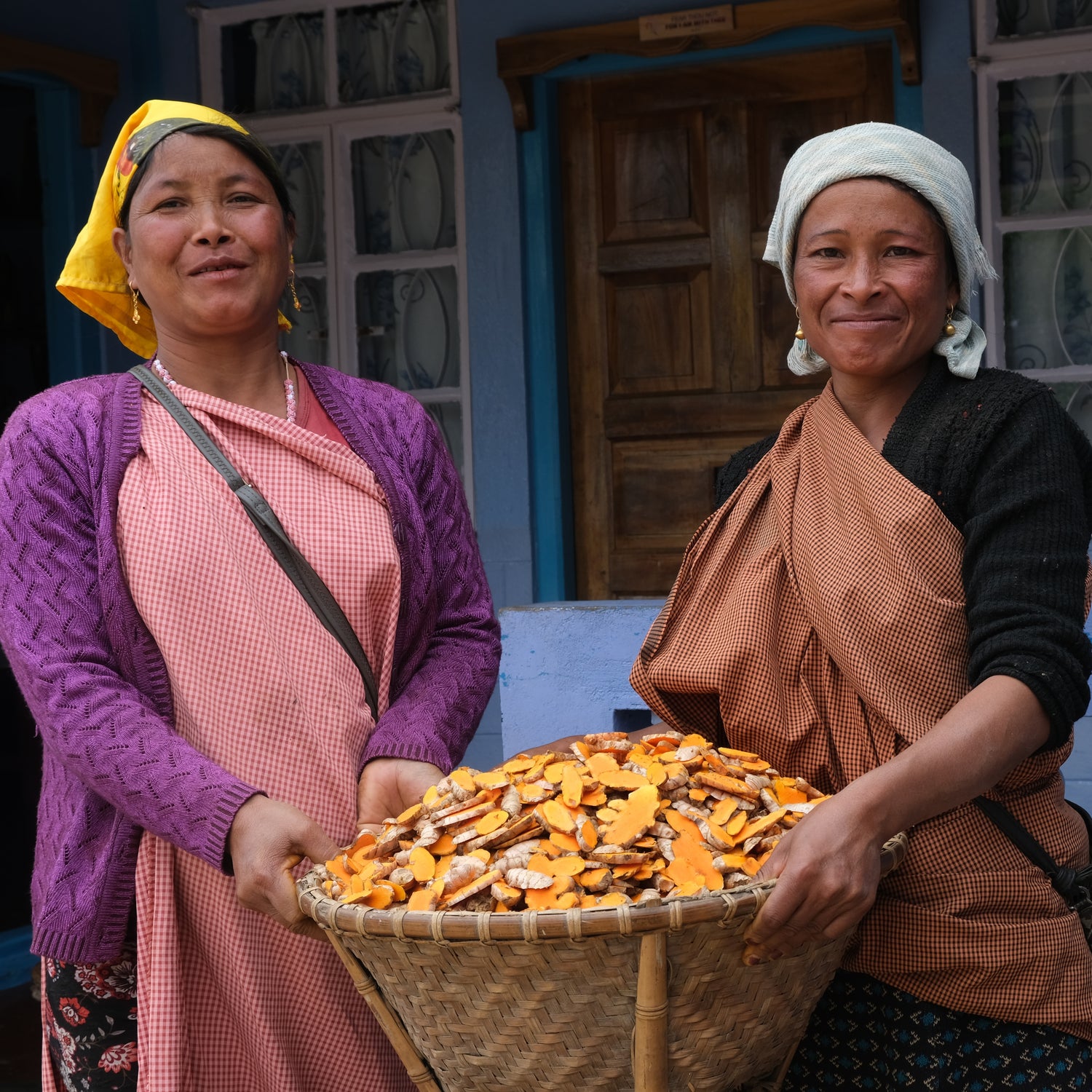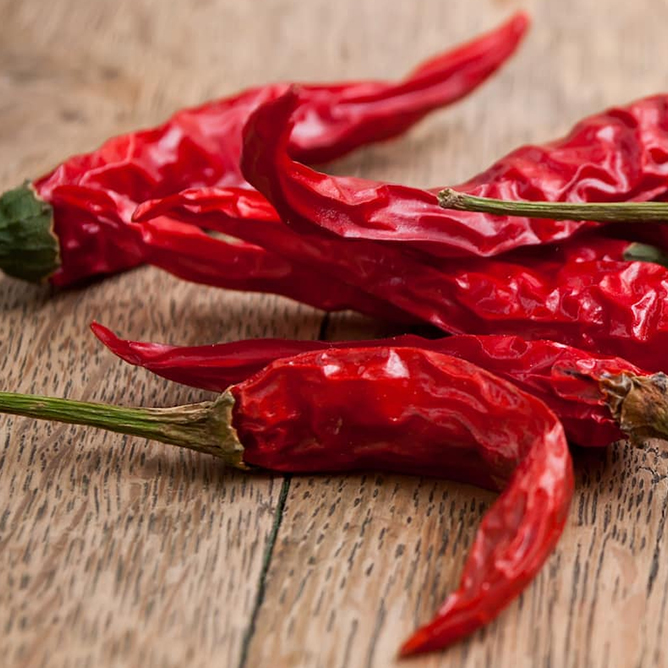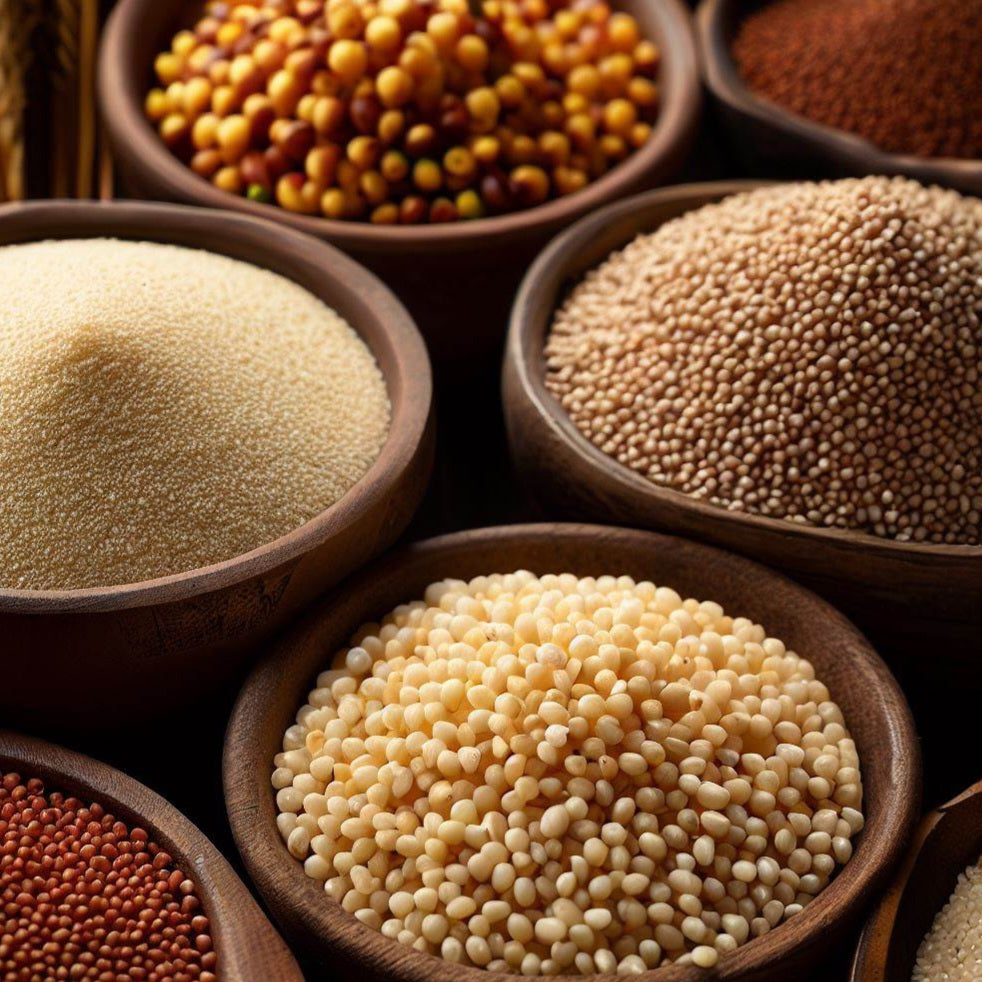The Empowered Women Farmers and the Lakadong Turmeric: A Precious Native Spice from Meghalaya
The West Jaintia hills of Meghalaya, adorned with lush green landscapes and abundant rainfall, are not only known for their scenic beauty but also for something more valuable hidden beneath the surface.

It is here that a group of empowered women farmers, inspired by Padmashree awardee Trinity Saioo, are engaged in a remarkable endeavor. With wooden crowbars in hand, these women are dedicatedly delving into the earth, aiming to extract the edible gold—Lakadong turmeric.

The Jaintia hills boast three distinct varieties of turmeric: Lakadong, Ladaw, and Lachein.
However, it is the Lakadong Turmeric that stands out for its exceptional nutritive and antioxidant properties. Over the years, numerous ambitious farmers have attempted to cultivate this precious variety outside its natural habitat, but with little success. The Lakadong turmeric remains deeply rooted in the soil of these hills, preserving its unique qualities.

Trinity Saioo: The Torchbearer of Change
Meghalaya, once engulfed in the coal mining industry, witnessed the destruction of farms and the displacement of people from their traditional occupations. It was during this tumultuous time that Trinity Saioo, a school teacher by profession, turned to farming to support her family. Little did she know that she would become the driving force behind a group of women farmers, leading them towards organized farming under the banners of 'Mission Meghalaya' and 'Mission Lakadong.'

Hidden within the interiors of the Northeastern states, the local communities had yet to discover the superfood growing abundantly around them. With meager incomes as their way of life, there was little time or inclination to understand the benefits of farming or the uniqueness of Lakadong turmeric.
However, Trinity Saioo recognized the value of this yellow gem, originating from her own village of Lakadong. Realizing its superior quality compared to other turmeric rhizomes, she took it upon herself to educate fellow farmers and initiate a shift towards organized farming.

Today, Trinity Saioo is affectionately known as Turmeric Trinity, a title she humbly accepts without resting on her laurels. Besides cultivating Lakadong turmeric, she imparts knowledge on various aspects of cultivation, ensuring that the process is passed down to future generations.

Harvesting the Precious Rhizomes: A Skillful Task
The process of extracting Lakadong turmeric rhizomes from the earth requires skill and patience.

As the women delicately prod the soil with long sticks, the bulbs are lifted out carefully, minimizing breakages. Skilled hands meticulously handle the mother and finger rhizomes, ensuring their safe removal.

After using the crowbar, a small handheld plough called the Makhu comes into play, acting as a large fork to comb through the soil and retrieve any rhizomes that might have been left behind.
The larger mother rhizomes are preserved for replanting, while the finger rhizomes are prepared for sale as whole turmeric or in powdered form.
Traceability and Organic Farming
In the pursuit of obtaining the true value of our food as consumers, traceability plays a crucial role. Buying authentic spices that can be traced back to their source not only benefits organic farmers but also ensures that our hard-earned money is well-spent.

The Northeast region, renowned for its sustainable way of life, is home to indigenous tribes that revere nature and live in harmony with the environment. These tribes rely on farming as an ancestral occupation, and the government of Meghalaya provides support through marketing assistance and farm subsidies.
Preserving Tradition: Handcrafted Tools and Baskets
The traditional farming practices of the Khasi and Jaintia communities embrace sustainable techniques and shun destructive machinery and non-biodegradable materials.

Instead, these farmers utilize suitable tools that align with their harmonious and environmentally friendly approach. Among these tools are intricately woven cane baskets, which serve multiple purposes.

The Mallyang, shaped like a large disc, aids in the sorting of turmeric, while the Kree or Kreehah, wider on top and narrow at the bottom, is perfect for holding Lakadong turmeric.

The Chalani, similar to the Mallyang but with perforations at the base, also finds its place in this assortment. Finally, the Khoh, a conical-shaped basket with a sling strap, serves as a versatile storage option for various agricultural products.

Earth Positive Living and the Aroma of Quality
To witness the Lakadong farmers in action is a spectacle in itself. Their unwavering concentration and ability to work without constant supervision exemplify their deep connection with the land. The simplicity of their village dwellings, the vibrant native garments they wear, the exquisite cane baskets they use, and the sight of freshly harvested turmeric rhizomes on the ground convey a strong message of Earth Positive living.

The Lakadong turmeric, with its high curcumin content of 10.43%, stands out for its exceptional quality. The processing of the rhizomes is done meticulously, ensuring that none of the naturally occurring properties are stripped away. As the fingers bear the golden stains and the intoxicating aroma of turmeric fills the air, there is no doubt about the unparalleled quality it possesses.

A Privilege to Partner with Earth-conscious Farmers
Collaborating with farmers who understand their role in the ecosystem and remain committed to preserving their ancestral wealth is a privilege. Their dedication ensures that we have access to food grown and handled with reverence, rather than being reliant solely on pharmaceutical giants for our health.

In conclusion, the journey of Lakadong turmeric and the empowered women farmers of Meghalaya is a testament to the power of knowledge, passion, and sustainable farming practices. Through their efforts, they bring forth a hidden gem, promoting organic farming and Earth Positive living. Let us celebrate these unsung heroes who contribute to our well-being and support them in their quest for a better future.
- Shop For Single Origin Lakadong Turmeric here.
- Shop For All Products - https://twobrothersindiashop.com/collections/all










